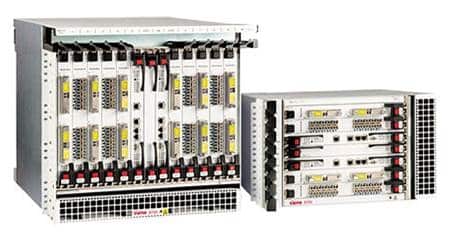Telstra, Ericsson and Ciena have further expanded their partnership with the successfully demonstration of 400 Gbps speeds over 61.5 GHz spectrum on Telstra’s transmission network in Melbourne.
Last year, Telstra announced it selected long-term partner Ericsson to expand its long haul, metro and regional optical networks, using Ciena’s packet-optical solutions.
Ciena claims that the latest achievement showcases the highest spectral efficiency per fibre pair ever achieved in a live environment and enables up to 30.4 Tbps bandwidth on Telstra’s transmission network in Melbourne.
This technology will be introduced as part of the upgrade Telstra is completing across its long haul, metro and regional optical network under the Networks for the Future program to deliver increased capacity, enhanced resiliency and fully programmable capabilities.
The achievement enables up to 30.4 Tbps per fibre pair – which is the equivalent to 1.2 million 4K Ultra HD videos being streamed simultaneously – the most capacity ever achieved, with the previous highest on record being 25.6 Tbps.
It is made possible through the deployment of software programmable 400Gbps wavelengths using Ciena’s WaveLogic Ai modem technology on the 6500 Packet-Optical Platform, in combination with Ciena’s Blue Planet Manage Control Plan (MCP) and Liquid Spectrum applications.
Ciena claims that Telstra has deployed the industry’s first fully programmable coherent modem in the world – developed by Ciena. It offers up to three times data capacity and enables up to 60 percent reduction in power per bit compared to the modem technology currently deployed in the Telstra network.
These technologies also open up the opportunity for more flexibility and dynamic software based control of Telstra’s optical transport network.
David Robertson, Director of IP and Transport Engineering, Telstra
Over the next five years we forecast traffic on our network will grow by five times. This technology will be deployed in our domestic transmission network and we will look for opportunities to use it in Telstra’s international subsea cable network, which is the largest in the Asia-Pacific region.
Steve Alexander, CTO, Ciena
As high-bandwidth applications become further ingrained in our daily lives, the implementation of a more intelligent and adaptive network – one that lets operators eliminate complexity by combining intelligent automation, real-time performance monitoring, and the ability to continuously tune their network – is critical.




















